Why I Bought a New Camera
How I (almost) fell out of love with photography and how I’m finding my way back.
A couple of weeks ago, on a beach in Northern Ireland, my partner said six words that really hit a mark: "I’m seeing the real you again."
Not long after, in the Coffee Hut in Castlerock (highly recommended), we had A Conversation. I didn’t need to be told what had triggered that remark on the beach; it was the sight of me with a real camera round my neck. And not just wearing it like an outsize accessory but getting stuck into shooting pictures. It hadn’t often been that way in the last few years, but for decades before it had been the norm.
This goes right back to our first days. We got to know each other on a trek in the Jebel Sahro mountains of Morocco. I think it’s fair to say my attention was somewhat divided on that trip, but my camera was still constantly at my side, if not round my neck, during daylight hours. In ensuing years and decades, a camera was integral to pretty much every walk, climb, or bike ride. Many of our holidays, and most weekends or days out, were structured around some book or feature I was working on—and when it was Bernie’s work that offered travel to somewhere like Stockholm or Dublin, she’d be in lecture halls or examination rooms while I’d spend the days roaming the city and shooting whatever caught my eye for stock images. Jon-with-a-camera was almost her first image of me, and one that stuck.
So when did things change? It’s hard to pin down but thinking about it, I’d say it began around 2015. That date has specific significance, being when one regular source of work dried up (more about that later) but this was only part of a general tightening in many of the markets I’d been involved in. Returns from stock photography had declined to the point where captioning and keywording images hardly felt worth the effort and tedium.
But also… by 2018 I’d been a professional photographer for nearly 30 years, full-time for more than 20—and an amateur-with-aspirations before that. (Photography always ran alongside writing, and at different points over that time-span one or the other came to the fore.) Perhaps I just needed a break. Or perhaps I needed a break from taking pictures for work?
I know it sounds like a dream job, swanning off to the Scottish Islands or the Julian Alps or the Marlborough Sounds, snapping away, maybe tapping out a few hundred words… And I’ll never claim I’ve been anything but immensely fortunate. But it wasn’t all like that.
Because this post is (partly) about cameras, it’s apposite to mention that I acquired a reputation as a 'Nikon guy'. This arose mainly from the series of 'Expanded Guides' I did for Ammonite Press1 and, incidentally commissioned and edited by Richard Wiles, a relatively recent arrival here on Substack.
I did 22 of the Guides between 2008 and 2015, covering all the Nikon DSLRs launched in that period2, plus a couple of Nikon’s Coolpix compacts (naff name, decent cameras) and just one Canon model when the regular 'Canon guy' was over-committed. In 2011 I also did an overview book on the entire Nikon system. Altogether these books account for 26 of the 61 non-fiction books I’ve published, or 43%.

Now, doing several of these books each year (I think the peak was 2013, with five) gave a decent base income; not in itself enough to live on, but a good way towards it… but the work was intensive. I was never privileged enough to get hands-on with a new camera before it went on sale, but the publishers were naturally keen to get the Guide out as soon as possible thereafter. I could do some work in advance, but there was always masses to get through in about six weeks, including 'studio' sessions photographing the camera from every angle, as well as lots of images of its menus and screen displays. I also had to come up with a fresh set of example images each time to illustrate things like depth of field or flash compensation. The number of images needed for each book grew over time, averaging around 150 in the early years but over 200 by the end.
When the publishers pulled the plug on the Guides, my feelings were mixed. It left a big hole in my working life (and income!), but there was also some relief. A lot of the work, both the writing and the photography, was highly repetitive, leaving little scope for creativity.
I’m sure this is one of the reasons I’d begun to feel jaded with the pursuit of photography. It was getting to the point where I wasn’t motivated to go out with the camera unless it was for a paying project or commission.
In many ways the final hurrah was my last (in the sense of 'most recent') non-fiction book. I’ve written about this previously, and as a big part of the story relates to my health, I linked back to an earlier Post on the same subject. I don’t want to get sidetracked onto health issues here; there’s plenty in those two Posts. And the tale of Off-Road Rides in the Lake District isn’t one dimensional. A lot of it is about the joy of collaboration, of working with Bernie3 on routes and descriptions—and on the photography (which is why it’s my backside, not hers, that adorns the front cover).
I could write a whole Post about the challenges of cycling photography, especially off-road. Maybe one day I will. For now, here’s one factoid I find quite telling. Looking at the statistics from my Garmin bike computer for the rides we did for the book, if time spent actually riding was two hours, total elapsed time was likely to be four or more—not counting café stops (not an option on every route anyway).
So once the book was done, and we could revert to riding purely for fun, there was every incentive to dispense with the 'proper camera'. Of course we'd still want photos from time to time; maybe not on every trundle round the local lanes, but on trips where we might find a great new trail or gorgeous view. Why not rely on my phone for these? I’d be carrying it anyway, if only to pay for those coffees and cakes…
Besides, as the saying goes, 'The best camera is the one you have with you.' This is undeniable, and for a while it came to apply on walks too (though taking photos while walking is a lot less hassle than when cycling). Unless we were going somewhere special, the poor old Nikon4 spent most of its time languishing in the cupboard.
And yet… the more I thought about it, the clearer it became that using an iPhone as my regular camera just wasn’t delivering satisfaction.
Let’s be clear, this isn’t a quality issue. My phone—iPhone SE, 2nd-generation—definitely doesn’t match the image quality of the Nikon, not by a long way. But the latest phones are significantly better, certainly good enough for 99% of the uses 95% of users have for those images. In any case, my real issue wasn’t with image quality but with the user experience.
Coincidentally—or do I mean serendipitously?—in the days I was mulling over this Post, the always-interesting Alex Roddie published one that touched on closely related matters. The frame of reference is mountaineering and mountain travel, but the piece has much wider relevance.
Here’s just one snippet:
So the arguments in favour of just using your phone for everything look pretty tempting, and I get it, I really do – it’s the default now. (…) Why should some of the most intense and personally meaningful experiences of our lives be given special treatment – especially when there are so few practical arguments to the contrary?
The real thrust of Alex’s argument is that smartphones are engineered to command our attention when we really should be giving that attention to the world around us. He makes a lot of sense… but if all I’m doing is pulling the phone out of my pocket to take a quick snap, how far does this apply?
For me there’s another reason, one Alex doesn’t mention, and one where there’s no difference between a phone and the vast majority of compact digital cameras. Looking at a screen just doesn’t give me the connection to the scene or subject that I get when looking through a viewfinder; when the rest of the world disappears and all I see is what the camera’s seeing.
Of course some might say this is just me being a grumpy old git. It’s true I’ve been using cameras with viewfinders for more than fifty years. Not all SLRs either: my first camera was an Agfa Silette with a direct-vision finder. I’ve also used twin-lens reflex cameras and a couple of rangefinders (Olympus 35 RC and one of my favourite cameras ever, a Mamiya 7II).
Maybe younger generations are so used to their screens that it’s the viewfinder that would feel wrong to them. Still, it’s undeniable that there’s a real qualitative difference between using a viewfinder and using a screen. It’s not about 'better'. I’m not going down that rabbit hole any more than I ever joined the 'Nikon is better than Canon' fanboy crowd. (Just as well, as we’ll see shortly…)
It’s a choice each of us can make, based on our own needs. My choice was purely and simply about what works for me. And a couple of hours on a beach, and six words from my partner, crystallised what I’d really known all along: what works for me is a camera. A 'real camera', if you like, a device dedicated to one function5, and in that sense embodying the best part of 200 years6 of design, development, and user experience.
So, back to that Conversation in the Coffee Hut, because there was more to it. It was clearer than ever to me that I was ready to revitalise my relationship with photography, and that what would make this possible was a smaller, lighter camera, but one that still give me all the control I was used to—and a decent viewfinder.
Which led, just a few days later, to a camera shop in Belfast7. Maybe this is being old-school too, but I wanted to see, feel, and experience several cameras before making what was a significant decision.
I knew that the answer was almost certainly a mirrorless camera8. Naturally, my first thought was to look at Nikon’s Z series, because the ergonomics would be even closer to what I knew, and there’d the potential to use my existing lenses—but, surprisingly, they weren’t significantly smaller or lighter than my current cameras. With a nudge from Bernie and advice from the very helpful Sean, I found myself gravitating toward the Canon EOS R10.
We decided to go away and discuss/sleep on it. On reflection, the 'existing lenses' argument didn’t carry much weight; I knew I was going to hang on to one of my DSLRs and a slimmed-down lens kit. It made much more sense to go for one camera with one versatile lens. So, bright and early next morning, we were back to pick up the Canon with an 18—150mm lens.
It got its first test flight the same day in Belfast’s Botanic Gardens, and a week later at Bletchley Park and then in Birmingham (including a visit to the fascinating Pen Museum). A sampling of the results is shown here and I’m very pleased with what I’ve seen. It should get even better as I get more familiar with the camera.
It’s also striking how much easier it is to carry. That’s hardly surprising; my Nikon D750 with my usual mid-range zoom lens masses around 1.3kg; the Canon kit isn’t much over half the weight and—as the photo shows—much more compact. It’s already had its first outing by bike, and I’m sure it’ll be accompanying us on many more rides.
In the last couple of weeks I’ve been dividing my accumulated camera kit into surplus and what I’ll keep, and listing the former on eBay (contact me for details if interested in Nikon-fit lenses and other bits). All this will help defray the cost of the new camera. But if it really does mean that Bernie sees more of 'the real me'… well, can you put a price on that?

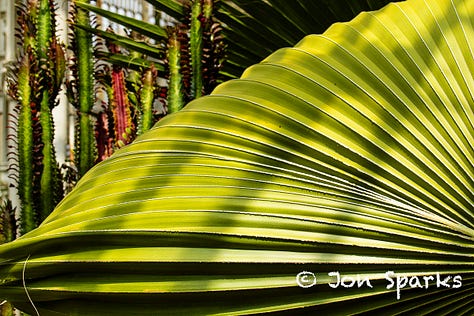
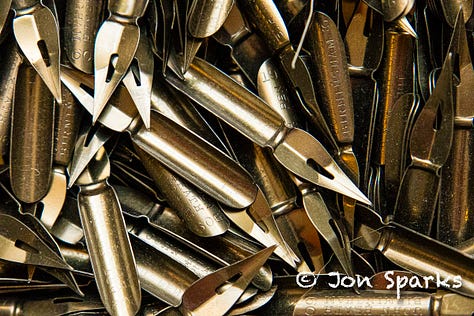
If you follow the link you’ll notice that there’s only one Expanded Guide left in print, and that was published in 2017.
Except—sigh—the flagship D4 and D4s. As pro-level cameras, it was presumably decided either that the user-base was too small or that they were too savvy to need an Expanded Guide.
I’m tempted to say 'in tandem', but as we’re talking about bikes that might give the wrong idea…
'Old'? Well, I’d had my trusty D750 since its launch in 2015.
Okay, two, if you count video separately.
The exact date of the 'invention' of the camera is slippery, but as good a date as any is the 2nd of August 1839 when Louis Daguerre unveiled the first really practical camera and process. It’s more like 140 years since George Eastman launched his roll-film camera, making the Kodak a more direct ancestor of today’s digital SLRs and mirrorless cameras.
https://www.wexphotovideo.com/about-us/store-finder/belfast/
Also sometimes called Compact System Cameras, these shed weight and bulk by having an electronic viewfinder in place of the mirror-and-pentaprism assembly of the single-lens reflex, but retain a similar form-factor and basic ergonomics.









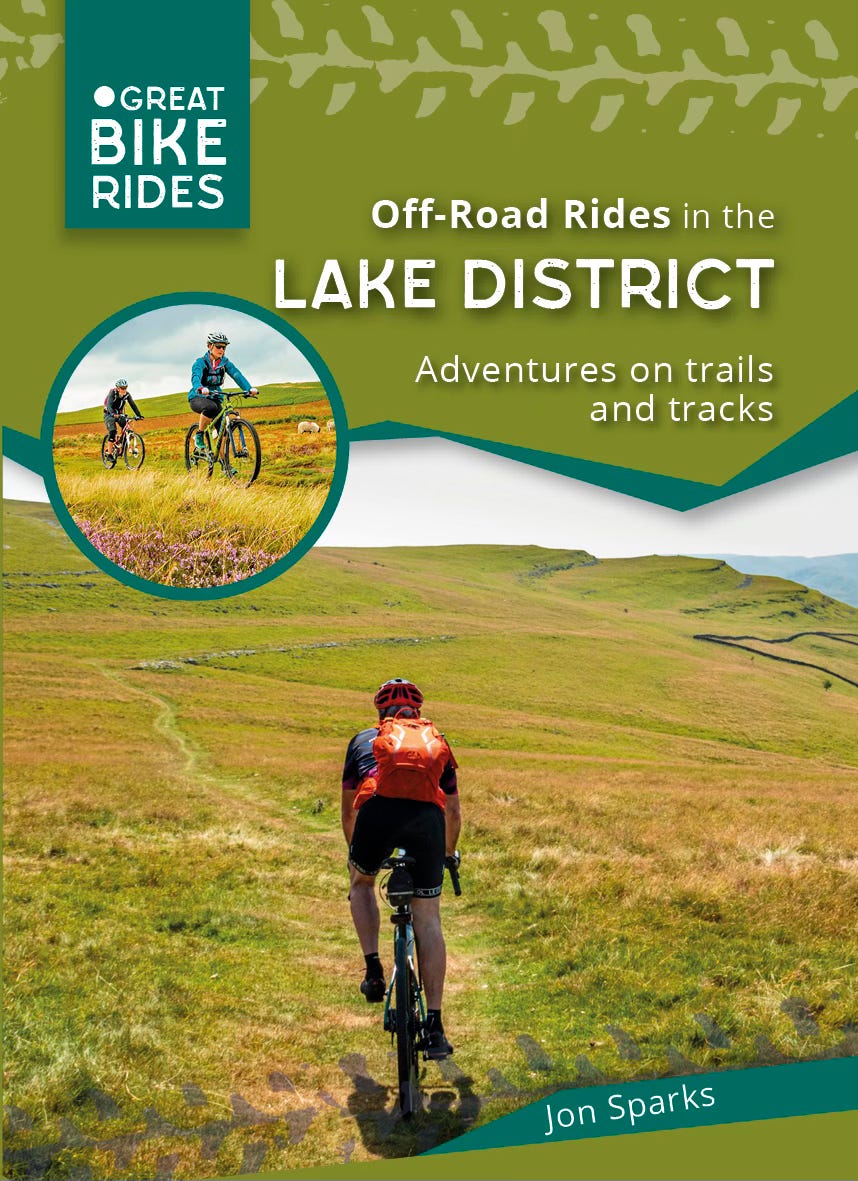
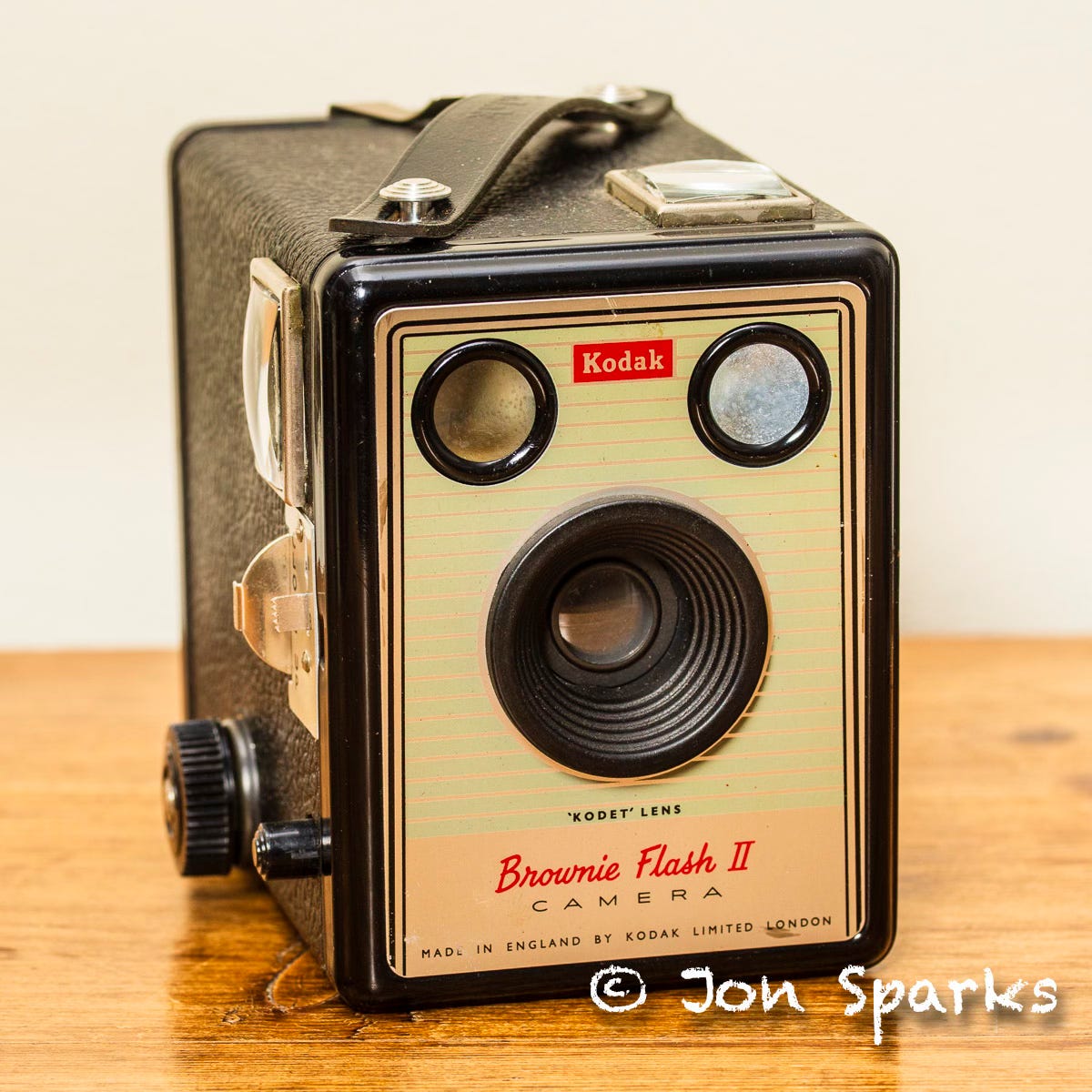

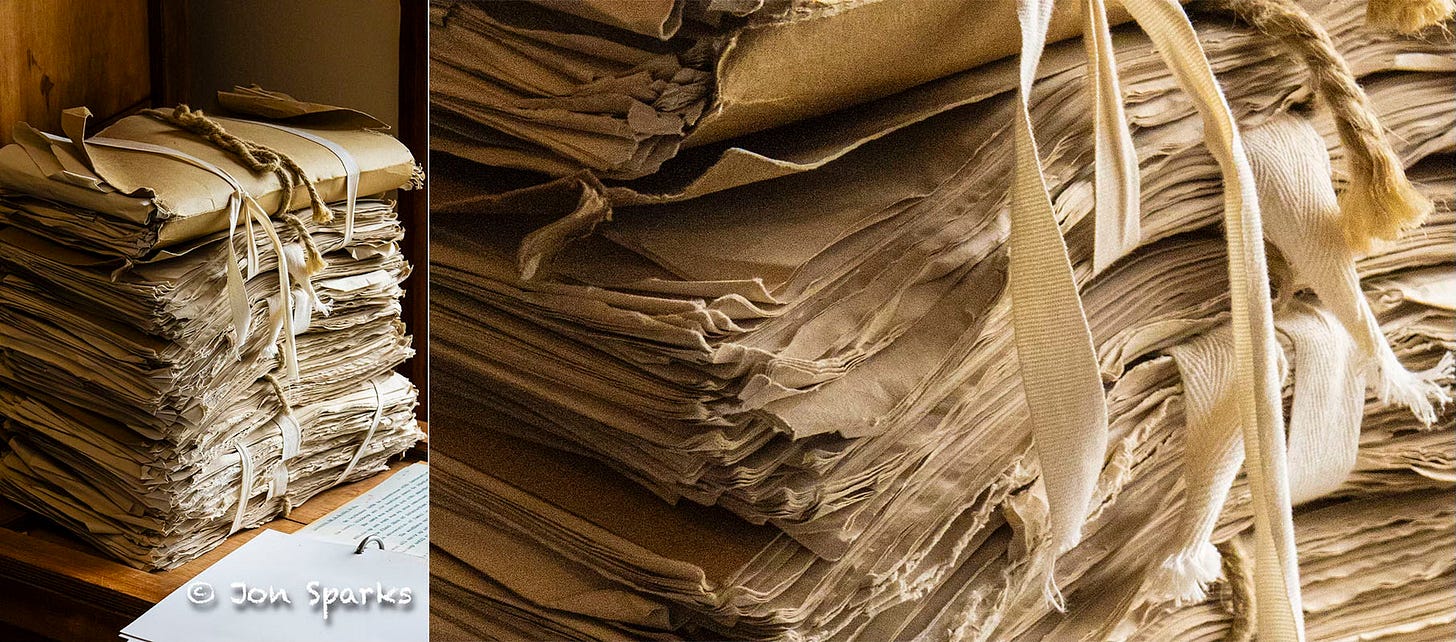

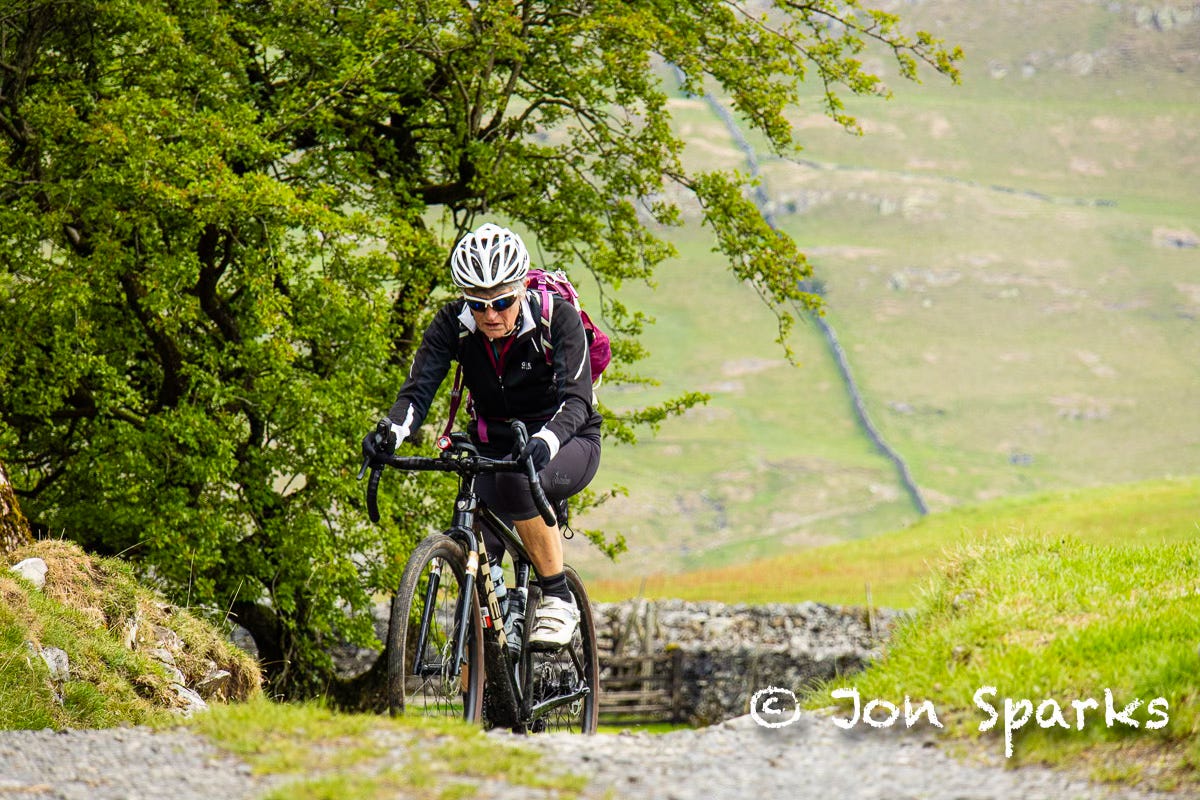

As the person who commissioned and edited your Expanded Guides between 2009 and 2015, when I was Managing Editor at Ammonite Press, I was always mightily impressed by your output. The books were sizeable, with a considerable image count, and the deadlines were unforgiving. But your work was always impeccable and on time! I left to concentrate on my own writing, and I am very happy to have recently reconnected here on Substack.
Life's twists and turns, eh Jon? It's very interesting to read about your professional life. It must have been a fulfilling job for most of the time. I guess, as with all of us, there are times when you wish you didn't have to set the alarm for the next day.
Now, of course, you can spend time with us here on Substack, and that's great!
P.S. It was nice to see a box brownie. My first camera... I took a few rubbish photos with it when I went on a school trip to Kent to see Oast Houses. The trip is memorable because of the camera I held in my hands.